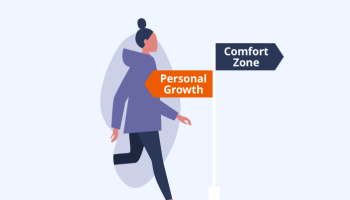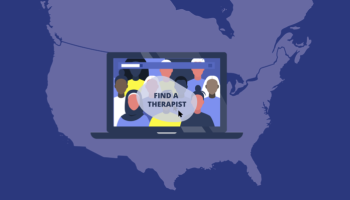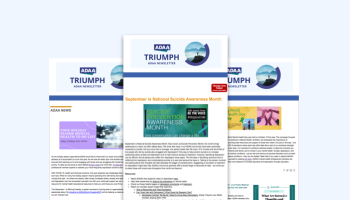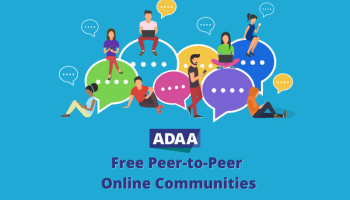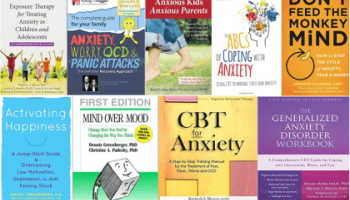Separation Anxiety - What Parents Should Know
Separation Anxiety - What Parents Should Know
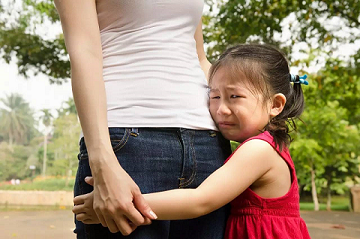
Separation anxiety is something that most parents know about. Many parents will fondly recall the days when their infant could be held by anyone and then recount that there was a time with their child when this changed.
It’s really normal for infants to first show “stranger anxiety” – distress when interacting with a new person. Separation anxiety happens when being even briefly separated from a caregiver. This doesn’t have to be a long separation. Toddlers might even cry or cling if Mom or Dad needs to leave the room for a few moments. “Stranger anxiety” tends to appear around 7 months and peak around 12 months. Separation anxiety is typically seen between the ages of 18 months to three years.
Rest assured—a lot of this early anxiety is normal! As children learn to navigate the world and the people in it, they need to know that things are safe. When a child cries or clings, it’s their way of saying, “Hey! I’m scared. Comfort me.” This makes sense because young children don’t know how to protect themselves. They need the caregiver to be responsive to distress calls.
Most children get through the stages of separation anxiety just fine. It is a process and can peak at different times. Parents or caregivers might be inclined to stay in the room if the child is crying and or avoid having babysitters, but the best way to navigate this time is a balance of validation and encouragement. It’s a kind of “both” situation. You want to make sure your child knows “I’m here for you and I’ll be back” and at the same time, hear the message, “This isn’t dangerous. You can handle a brief separation.” You want to teach them that it’s OK and they can handle the separation.
Some children continue to have problems with separation and this can develop into something called Separation Anxiety Disorder. This is distress upon separation or in anticipation of separation and includes some of all of the following: excessive crying or protests, difficulty sleeping alone, concerns about something happening to the caregiver or child, aches and pains, or trouble going to school. Along with these symptoms, we see what’s called “functional impairment,” which means that it’s hard for the child to fully be a kid (eg attend school, interact with friends and engage in activities).
There are some practical things a parent can do to encourage bravery and help with separations. Giving the message, “I love you and I know you can handle this” is really important. Practicing small separations can help too. For example: sending your child up to get pajamas while standing at the bottom of the stairs. The key thing is to let the child know that they are doing something brave and practicing it a lot.
If there are concerns about a major change in behavior, mood, sleep and/or appetite, it’s best to see a mental health professional to get an evaluation, especially since there are great treatments for anxiety. See childmind.org for more information.


